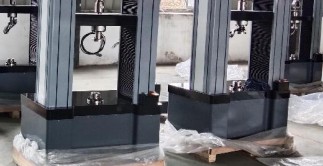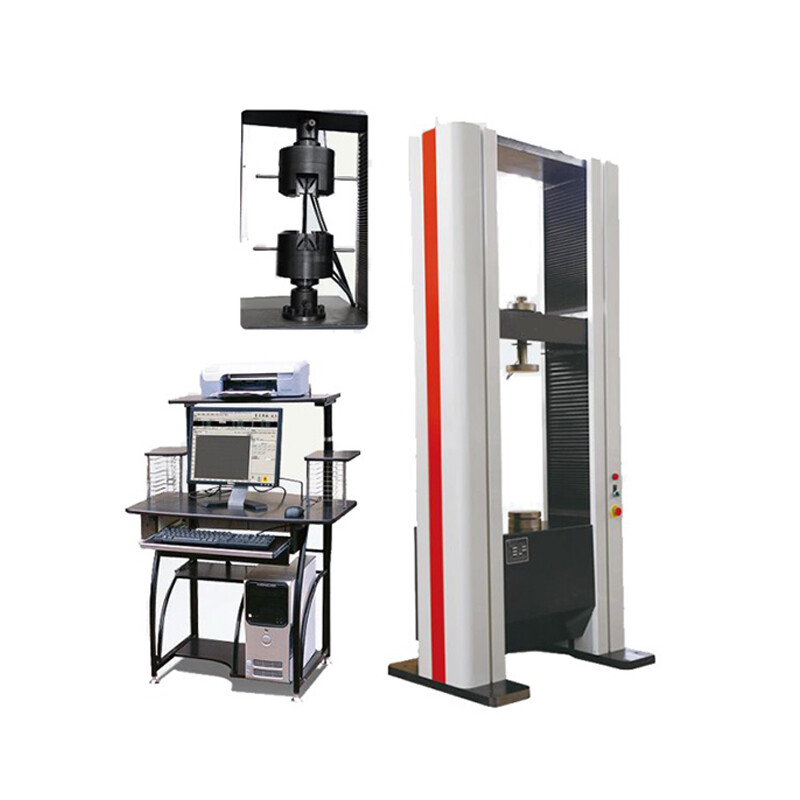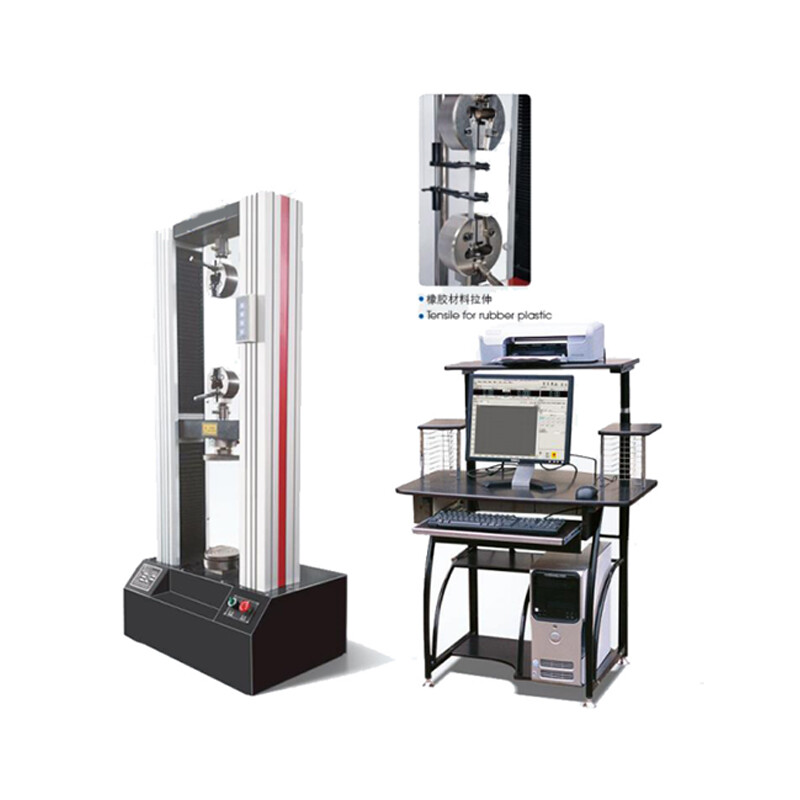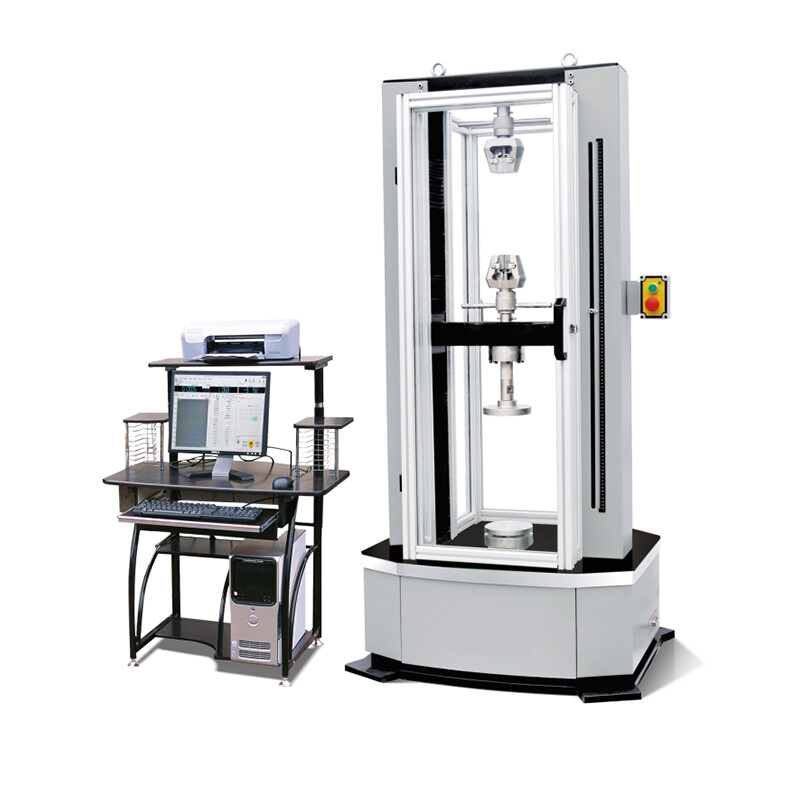
Microcomputer Controlled Electronic Universal Testing Machine WDW-100F
Ⅰ. Project Introduction:
The domestic microcomputer-controlled electronic universal testing machine began in the early 1990s. To improve the technological level of the company’s products, the company has successively introduced advanced foreign technologies, elevating the technical level of its products to a new level.
Ⅱ. Application Fields:
This product is widely used for mechanical performance tests such as tension, compression, bending, and shearing of metals, non-metals, and other materials. With a variety of fixtures, it can also be used for testing the mechanical properties of profiles and components. The product also has a broad application prospect in the testing fields of materials such as ropes, belts, wires, rubber, and plastics, where sample deformation is large, and testing speed is fast. It is suitable for testing fields such as quality supervision, teaching and research, aerospace, steel metallurgy, automobiles, construction materials, etc.
Ⅲ. Applicable Standards:
Developed and produced according to GB/T 16491 “Electronic Universal Testing Machine Standard,” GB/T 2611 “General Technical Requirements for Testing Machines,” JJG-475 “Electronic Universal Testing Machine” National Metrology Verification Regulations, and GB/T 6825.1 “Verification of Static Single-Axis Testing Machines - Part 1: Force Measurement Systems of Tensile and/or Compression Testing Machines.”
Typical test method standards include GB/T 228.1-2010 “Tensile Testing of Metallic Materials at Room Temperature,” GB/T 7314-2005 “Metal Compression Test Methods,” and compliance with data processing standards such as GB, ISO, ASTM, and DIN. It can meet the requirements of users and provided standards.
Ⅳ. Appearance Photo: (Please refer to the sample; actual product shall prevail)
(Physical Picture)
Ⅴ.Key Descriptions:
1. Main Machine:
This machine adopts an integrated cast working table, a double-space gantry structure with the upper space for tension and the lower space for compression and bending. The crossbeam is adjustable without steps. The drive system uses an arc-shaped synchronous toothed belt and a ball screw assembly for smooth transmission and low noise. The specially designed synchronous toothed belt deceleration system and precision ball screw assembly drive the movement of the crossbeam, achieving gap-free transmission.
2. Fixtures:
Standard configuration: One set of manual or hydraulic tensile fixtures and one set of compression fixtures.
3. Electrical Measurement and Control System:
(1) It uses domestic AC servo systems and servo motors, offering stable and reliable performance with protection devices for overcurrent, overvoltage, overspeed, and overload.
(2) It includes protection functions for overload, overcurrent, overvoltage, displacement upper and lower limits, and emergency stop.
(3) The built-in controller ensures the control of parameters such as crossbeam displacement and allows for constant speed displacement.
(4) At the end of a test, the machine can manually or automatically return to the initial position at high speed.
(5) It achieves true physical zeroing, gain adjustment, and automatic shifting, zeroing, calibration, and data storage for the measurement of test force, without any analog adjustment steps. The control circuit is highly integrated.
(6) The electrical control circuits are designed according to international standards, complying with national testing machine electrical standards, and are highly resistant to interference, ensuring the stability of the controller and the accuracy of experimental data.
(7) It has a network interface for data transmission, storage, print recording, and network transmission. It can connect to the company’s internal LAN or the Internet for printing.
4. Software Main Features:
The control software is used for various metallic and non-metallic material (such as engineered wood panels) testing on the microcomputer-controlled electronic universal testing machine. It completes real-time measurement and display, real-time control and data processing, and result output according to the relevant standards.
(1) The software supports user authority management, where operators of different levels have different operational permissions and accessible menus, ensuring simplicity, convenience, and efficiency for regular operators, while also protecting the system.
(2) Real-time measurement and display of test force, peak values, displacement, deformation, and other signals. It supports real-time data acquisition and control on platforms such as WinXP, Win7, Win10, with precise timing and high-speed sampling.
(3) It provides real-time screen display of multiple test curves, such as load-deformation and load-displacement. Users can easily switch between curves and zoom in/out conveniently.
(4) Test parameters can be stored, set, and loaded by the computer, and operations like zeroing and calibration are carried out via software. Parameters can be conveniently stored and retrieved, making it easy to switch between multiple sensors connected to a single machine with no limit on the number.
(5) Supports constant-speed displacement control and provides standard reference curves during the debugging process for advanced users to observe the effects of parameter changes.
(6) The software adopts human-machine interaction for data analysis, meeting the requirements of widely used standards such as GB/T 228-2010 “Tensile Testing of Metallic Materials at Room Temperature.” It can automatically calculate various performance parameters, such as elastic modulus, yield strength, and specified non-proportional elongation strength. Users can also intervene manually to improve accuracy. Additionally, it supports data processing according to user-specified standards.
(7) Test data is stored as text files for easy querying, and can be further processed using any commercial reporting or word processing software. It also supports data transmission over a network.
(8) The software records and saves data curves for the entire test process and has a demonstration feature for replays of test curves. It also supports curve overlay comparison for easy analysis.
(9) The software can print test reports in user-defined formats. Users can select the basic information, test results, and curves to be included in the report to meet various needs.
(10) Achieves digital zeroing and automatic calibration for test force and deformation, improving operational ease and machine reliability. Various system parameters are saved in file format for easy storage and recovery.
(11) The software is compatible with WinXP, Win7, and Win10. All test process controls, crossbeam speed adjustments, and parameter inputs can be done via keyboard or mouse, making it quick and convenient to use.
(12) It automatically identifies and supports external jog control, making sample clamping much easier.
(13) It includes overload protection, automatic shutdown, and automatic sample fracture detection, stopping the machine automatically. Based on user requirements, additional features or adjustments may be made to the software functionality.
Ⅴ. Software and Software User Interface:
(1) The software is compatible with WinXP, Win7, Win10, and the user interface is consistent with the Windows style in English.
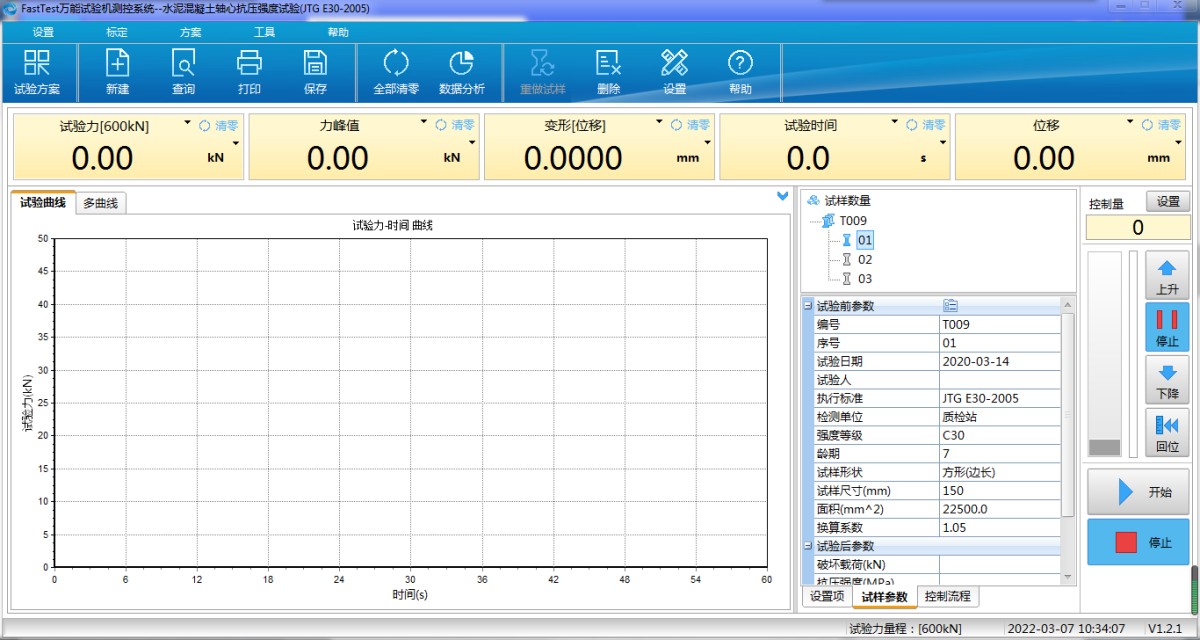
(2)Control Mode
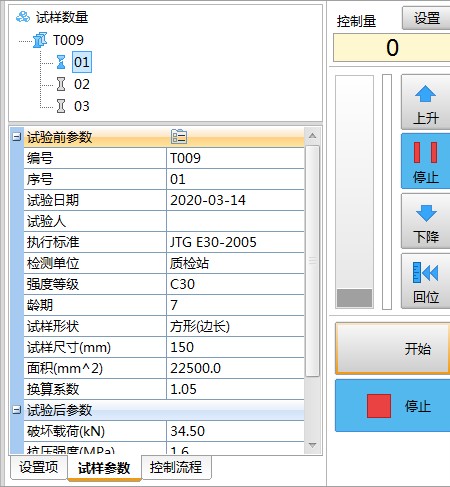
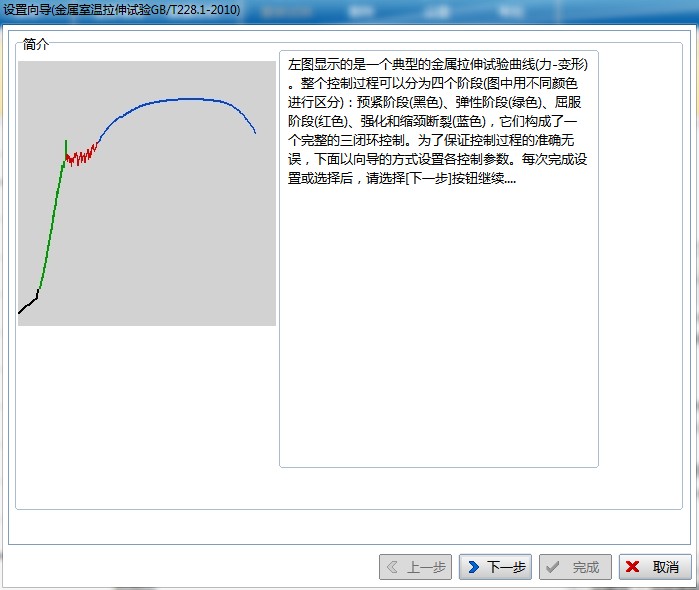
(3)Report Editing

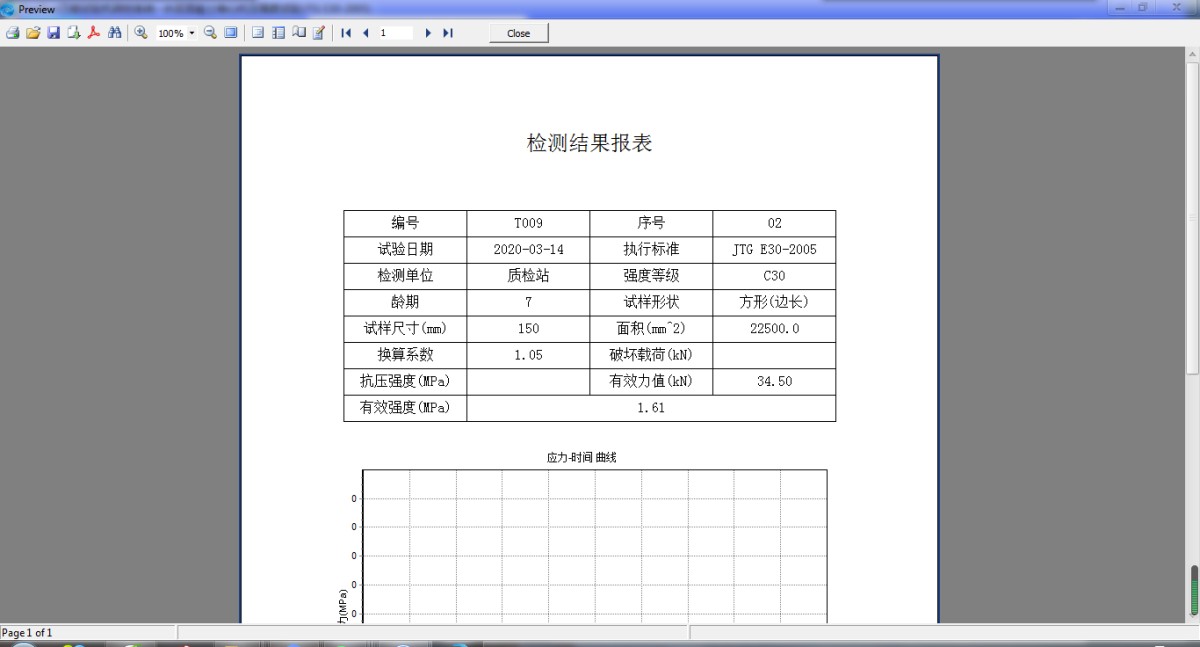
(4) Variety of Test Methods: Multiple test methods are available for selection.

(5)Software Access Control: The software features a three-level management system, each with its own login credentials, ensuring secure use of the software.
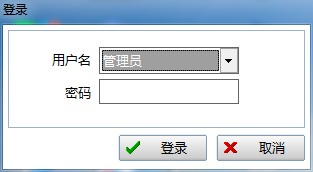
Ⅵ.Technical Specifications:
Ⅶ. System Configuration:
If you are interested in our products, please fill in the message below to contact us and get a quote!
We will get back to you as soon as possible!
Type What You are Looking for

